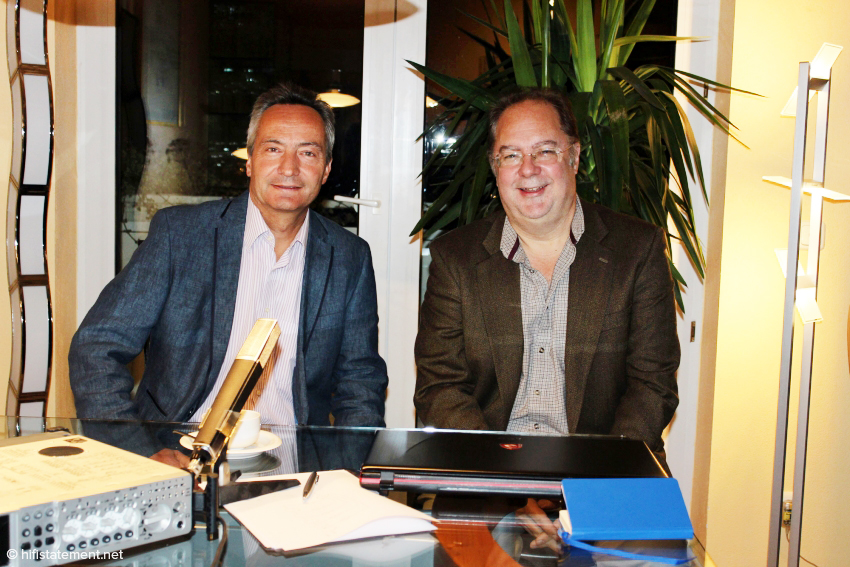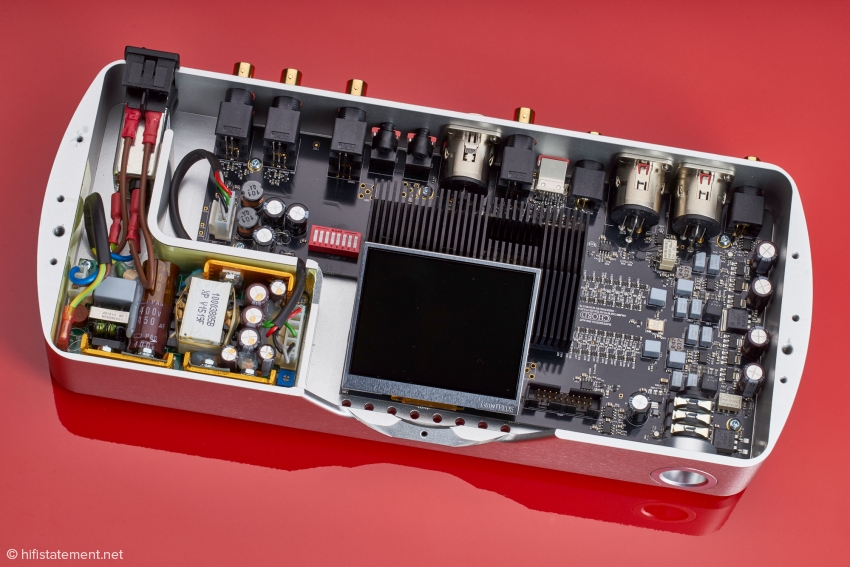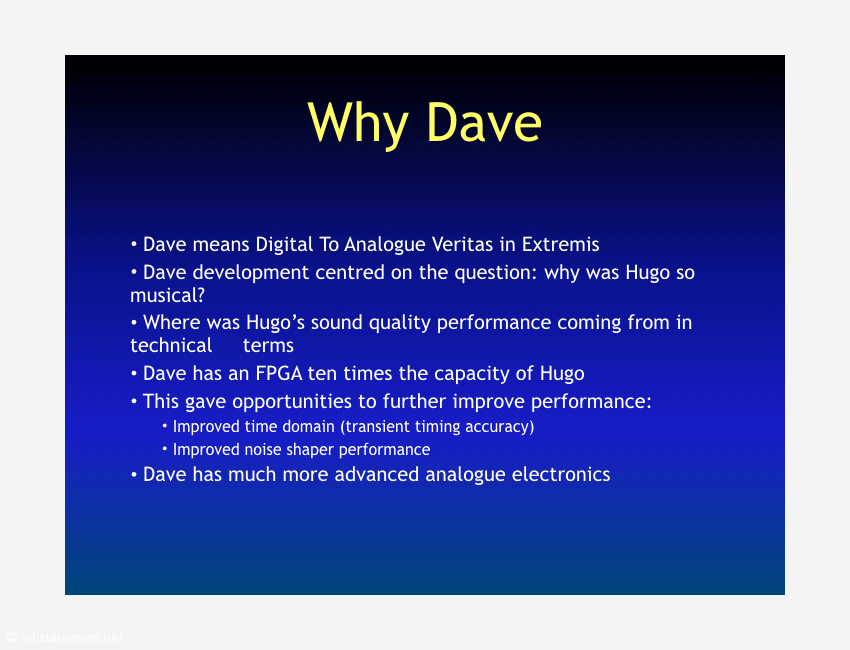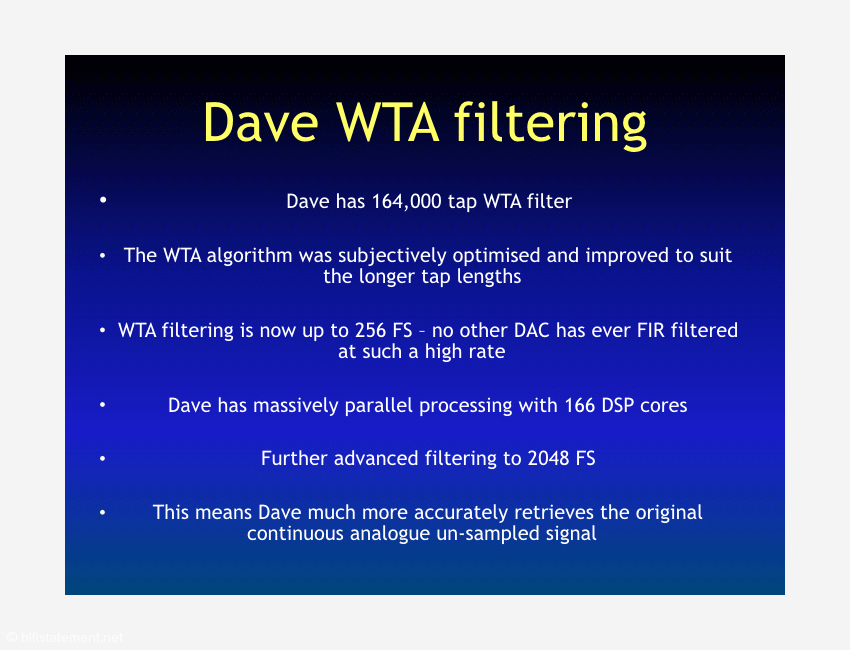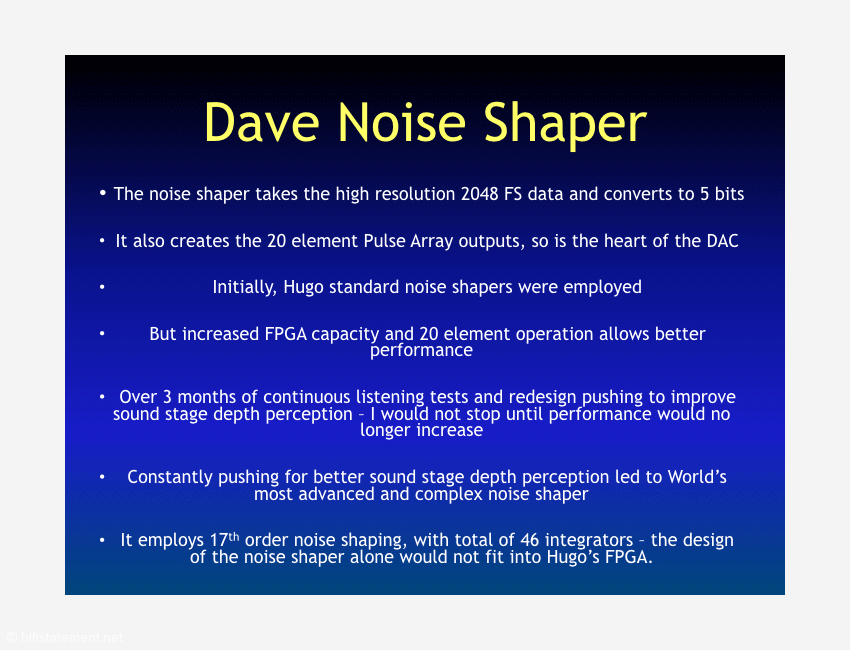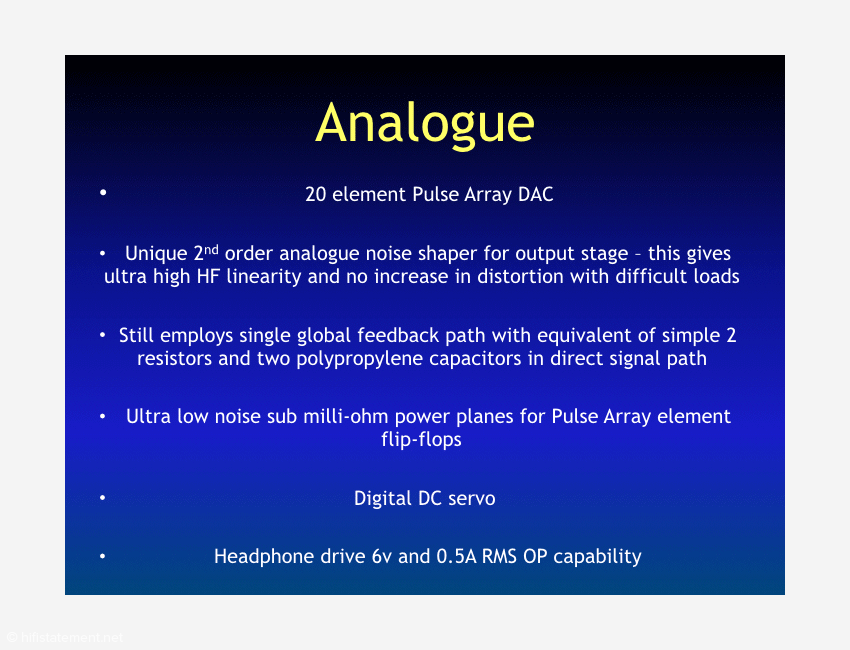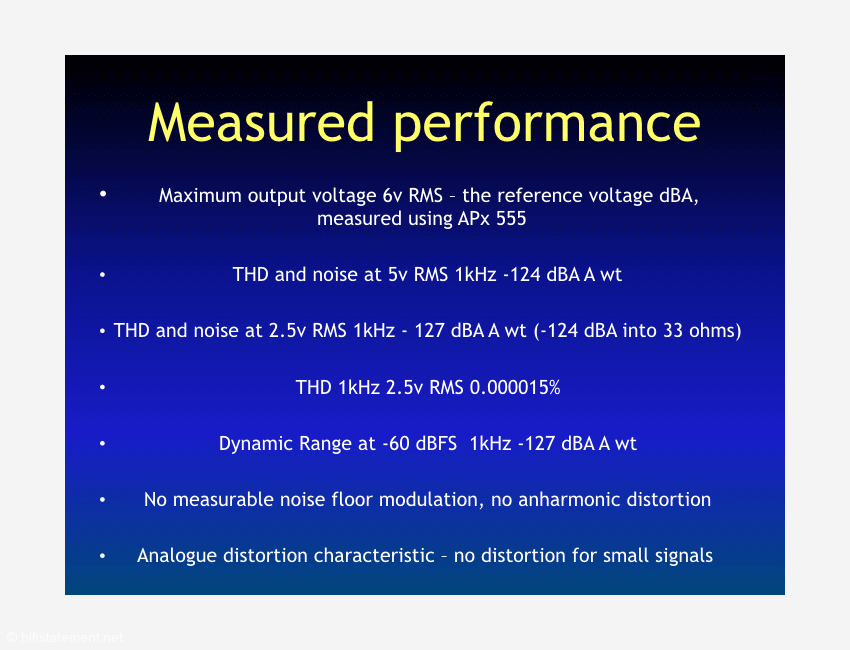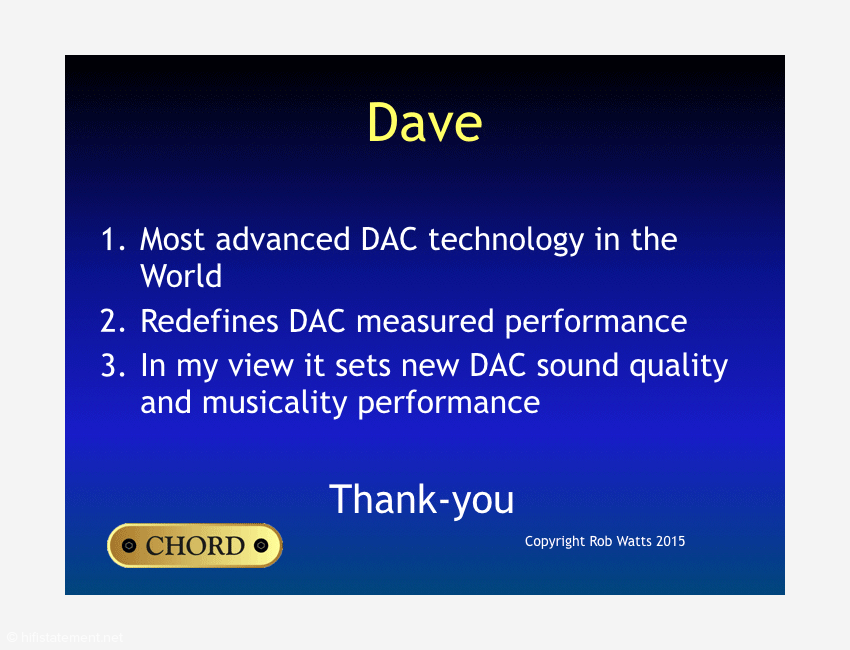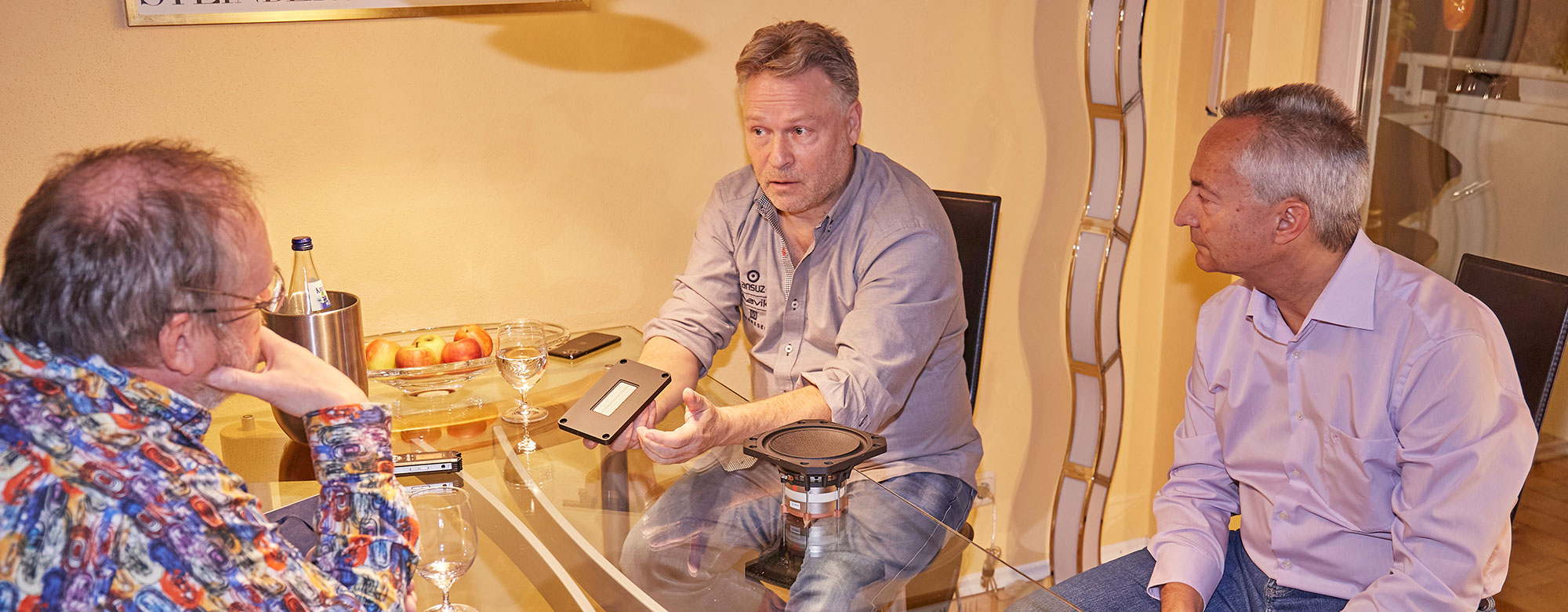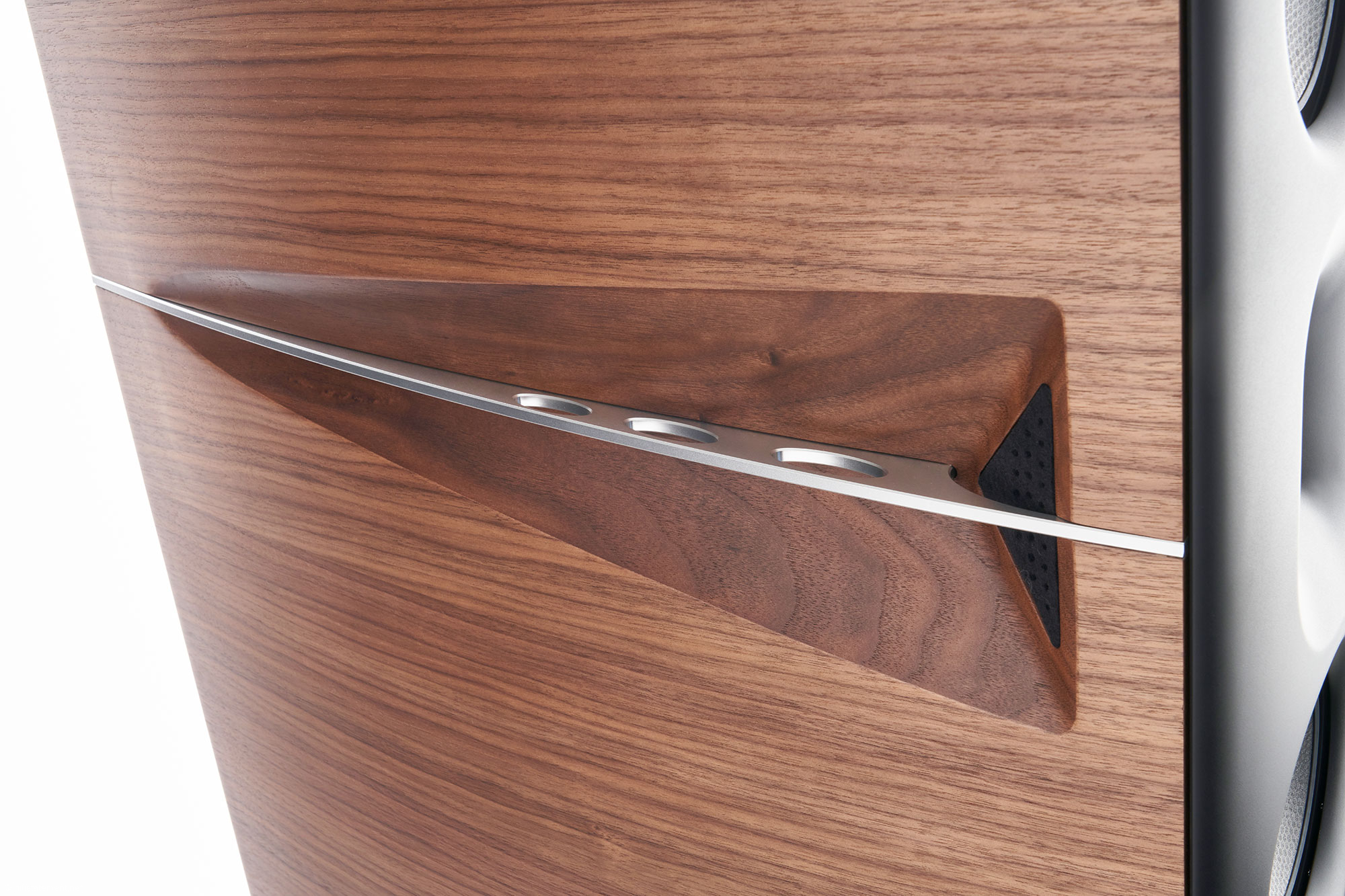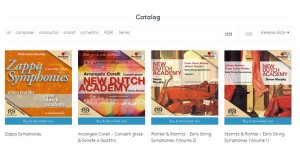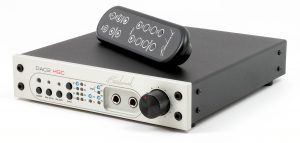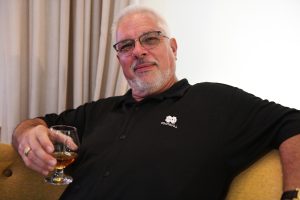Introduction: Interviews to listen to...
For the English version of the second and third parts of the review on the Chord DAVE, we have come up with something new: You can listen to Rob Watts' comments on the individual pages of his presentation, and Mr. Roland Dietl's and my intermediate questions.
Roland Dietl (left) and Rob Watts of Chord
For the German review I listened to Rob Watts' detailed technical explanation and translated and typed it with a lot of effort. But I wanted to save these expenses for the English version for our friends at Positive Feedback. I thought it was a good idea to rework the recording a little and divide it into themes, because no one can concentrate almost 45 minutes on complicated technical explanations. But when cutting the recording I realized quickly that this is by no means less work—assuming you want to remove as any pause, any correction, each double set beginning, and all the disturbing noise. For example, I have broken an about twelve minute long sequence into 270 snippets and reassembled them. Even then, the sound file isn't one hundred percent perfect.
Nevertheless: Rob Watts' lectures now almost as perfect as a spokesman of the BBC. And quite apart from this: You should simply not miss this plethora of technical information relating to D/A conversion!
The Interview
While the first part of this article was mainly about the sound of the Chord DAVE, this part will now try to shed some light on the work of its developer Rob Watts, his thoughts, and his very own approach to this technology. This is all the more interesting as the same design principles apply to Rob's other creations of recent times, the MOJO, HUGO and HUGO TT.
My initial idea was to transcribe and shorten Rob's explanations and to compress them into a neat little article about the technology used in the DAVE. But the longer I listened to my recordings of the interview, the more I realized that it wasn't just about the electronics inside a DAC. Rob also talked a lot about how chip manufacturers work, shared many anecdotes about his background both as a professional and as an audiophile, and often linked his perception during listening tests with measurements and technical solutions. Especially interesting for me was that he sees spaciousness and perceived depth of the sound as fundamental in his work. Because I thought the readers might find Rob's remarks as interesting as I did, what follows is his entire statement in full length, only from time to time interrupted by some questions of my colleague Roland Dietl and my own: as audio-files and complemented by slides from a PowerPoint presentation about the technology in the DAVE, courtesy of Rob Watts.
In all DACs that he has developed for Chord, Rob does not use any of the wildly available pre-fab chipsets. Instead he uses Field Programmable Gate Arrays (FPGA) which he programs with his own algorithms to come as close to his idea of the ideal D/A converter as possible.
While waiting for my colleague Roland Dietl, Rob and I had a chat, and soon arrived at discussing the current DSD hype. As it turned out, he had an interesting opinion about it. According to Rob, the PCM format does have more timing problems than DSD, which in turn has to cope with high levels of noise beyond the usable signal frequency range. But if you manage to deal with the timing problems of PCM in the D/A converter, like his own technology does, DSD ends up being the inferior format.
This of course piqued my curiosity, and I asked whether these timing problems could be sufficiently dealt with in the D/A conversion only, or if the true solution would be a to have better A/D conversion in the first place. Rob's convinced that his DACs can handle most of the problems, but agrees that further improvements could be made by applying the same principles to the process of A/D conversion. It turns out that Rob has given this a lot of thought already, and that it is possible that Chord might introduce an A/D converter in the foreseeable future. And that would certainly be something that Yours Truly would like to get his hands on!
But I digress … Here is Rob's interview:
Why Dave
Listen to Rob Watts' Explanations:
http://www.hifistatement.net/images/content/audio/16-05-25_chord/01-Why-Dave.mp3
Time Domain
Listen to Rob Watts' Explanations:
http://www.hifistatement.net/images/content/audio/16-05-25_chord/02-Time-Domain.mp3
A view into the DAVE
Dave WTA Filtering
Listen to Rob Watts' Explanations:
http://www.hifistatement.net/images/content/audio/16-05-25_chord/03-WTA-Filtering.mp3
Dave Noise Shaper
Listen to Rob Watts' Explanations:
http://www.hifistatement.net/images/content/audio/16-05-25_chord/04-Noise-shaping.mp3
Analogue
Listen to Rob Watts' Explanations:
http://www.hifistatement.net/images/content/audio/16-05-25_chord/05-Analogue.mp3
Measured performance
Listen to Rob Watts' Explanations:
http://www.hifistatement.net/images/content/audio/16-05-25_chord/06-Measured-Performance.mp3
FFT 2.5v RMS output
Listen to Rob Watts' Explanations:
http://www.hifistatement.net/images/content/audio/16-05-25_chord/07-FFT.mp3
Rob Watts (on right) and Roland Dietl after the interview




